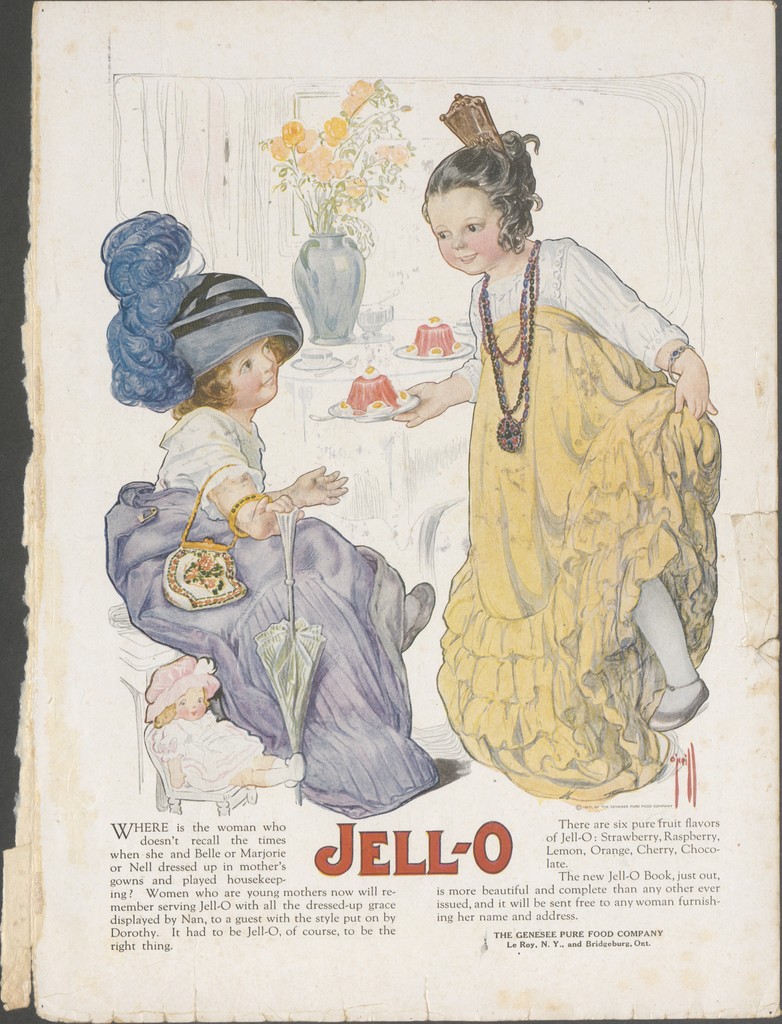
Acquisition Spotlight: The Rose O’Neill Collection at the D.B. Dowd Modern Graphic History Library
A new acquisition at Washington University Libraries’ D.B. Dowd Modern Graphic History Library (DMGHL), the Rose O’Neill Collection consists of original artwork and published materials, including books and tear sheets, of the artist’s work. A successful cartoonist and illustrator, O’Neill (1874–1944) was at one time the highest-paid female in the industry. Her artwork appeared in Ladies’ Home Journal, Harper’s, Good Housekeeping, and Life.
O’Neill was raised in Nebraska and came to New York City as a teen to pursue a career in art. Her illustrations frequently focused on women and fashion and often depicted a new type of liberal lady—one with a modern sensibility and independent attitude.
A series of cartoons featuring the cherub-inspired Kewpie character, which O’Neill completed for Ladies’ Home Journal in 1909, gave rise to the famous Kewpie doll. Before Mickey Mouse came on the scene, Kewpie was perhaps the best-known cartoon figure in America. Kewpie dolls were mass-produced, and they made O’Neill wealthy and famous.
In addition to illustration, O’Neill worked in the medium of sculpture—she trained with Auguste Rodin—and wrote fiction and poetry. She was also very active in the women’s suffrage movement. On and off throughout her life, she lived in the Missouri Ozarks. She died in Springfield, Missouri, at the age of 69.
The staff of the DMGHL digitized many of O’Neill’s tear sheets as part of the 2016 Council on Library and Information Resources grant project. For more information on the collection, contact Andrea Degener, the visual materials processing archivist at the DMGHL.

